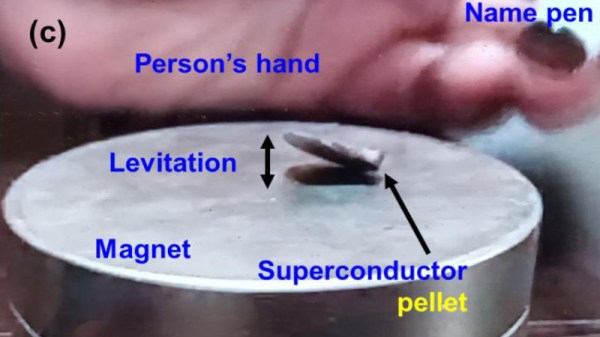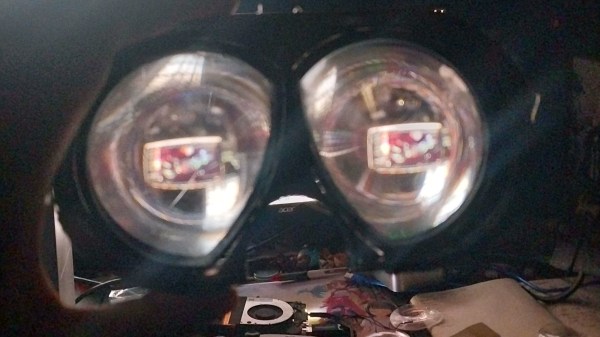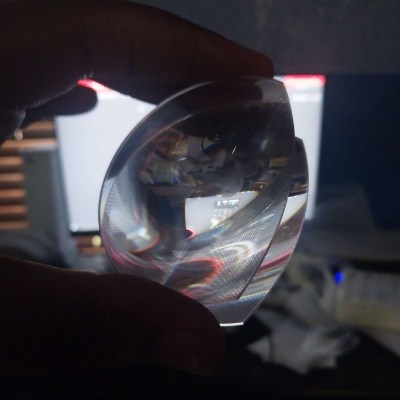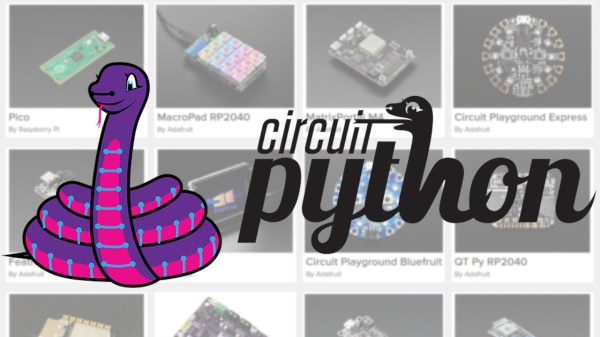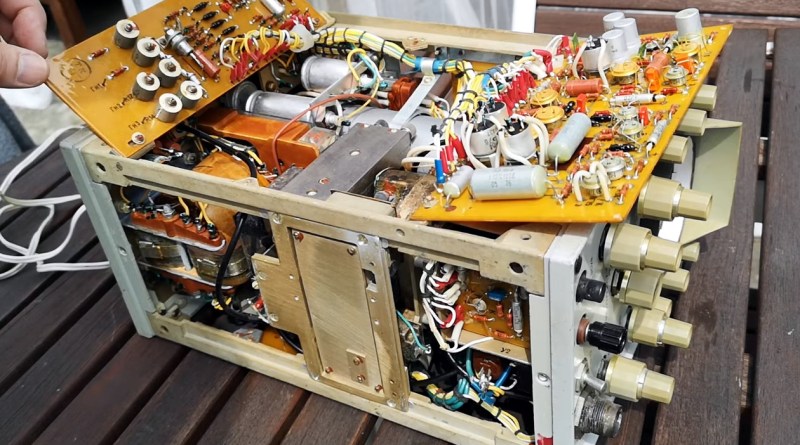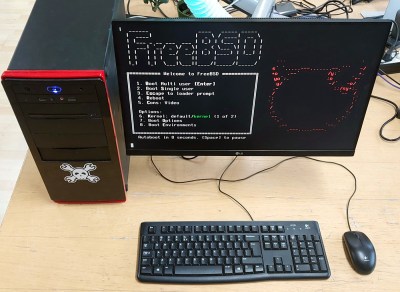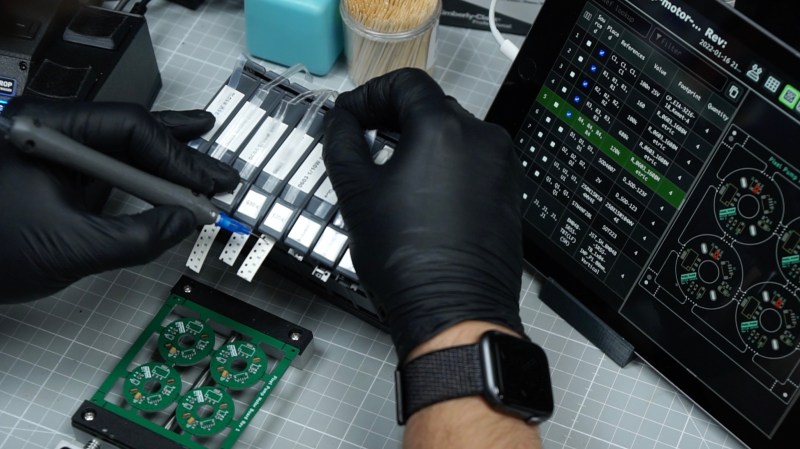To have been alive over the last five decades is to have seen superconductors progress from only possible at near-absolute-zero temperatures, to around the temperature of liquid nitrogen in the 1980s and ’90s, and inching slowly higher as ever more exotic substances are made and subjected to demanding conditions. Now there’s a new kid on the block with an astounding claim of room-temperature and pressure superconductivity, something that has been a Holy Grail for physicists over many years.
LK-99 is a lead-copper-phosphate compound developed by a team from Korea University in Seoul. Its announcement was met with skepticism from the scientific community and the first attempts to replicate it proved unsuccessful, but now a team at Huazhong University of Science and Technology in China claim to have also made LK-99 samples that levitate under a magnetic field at room temperature and pressure. This is corroborated by simulation studies that back up the Korean assertions about the crystal structure of LK-99, so maybe, just maybe, room temperature and pressure superconductors might at last be with us.
Floating on a magnetic field is cool as anything, but what are the benefits of such a material? By removing electrical resistance and noise from the equation they hold the promise of lossless power generation and conversion along with higher-performance electronics both analogue and digital, which would revolutionize what we have come to expect from electronics. Of course we’re excited about them and we think you should be too, but perhaps we’ll wait for more labs to verify LK-99 before we celebrate too much. After all, if it proves over-optimistic, it wouldn’t be the first time.

